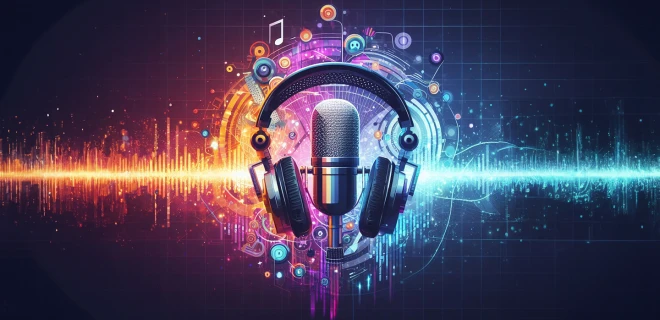Outline of the Article
Introduction
Brief overview of ADR Voice Over
Its significance in the film and media industry
Understanding ADR
Definition and expansion of ADR
Reasons for using ADR in filmmaking
ADR Voice Over Process
Step-by-step explanation of the ADR voiceover process
Tools and techniques involved
Benefits of ADR Voice Over
Improved audio quality and consistency
Enhancing the overall cinematic experience
Challenges and Considerations
Common challenges faced in ADR Voice Over
Tips for effective ADR implementation
Applications of ADR Voice Over
Where and when ADR Voice Over is commonly used
Examples from the film industry
Role of ADR Voice Over Artists
Skills and qualities required for ADR Voice Over artists
Training and career prospects
ADR Voice Over vs. Traditional Voice Over
Key differences and when to choose ADR over traditional Voice Over
Conclusion
Recap of the importance of ADR Voice Over
Encouragement for its exploration and utilization
What is ADR Voice Over? What does it do?
Introduction
In the captivating world of films and media, ensuring audio quality and clarity is crucial. One method that plays a significant role in achieving this is ADR Voice Over. Let's delve into what ADR Voice Over is and how it revolutionizes the way we experience movies and other audio-visual content.
Understanding ADR
ADR, or Automated Dialogue Replacement, is a technique used in the film industry to re-record dialogue after the filming process. It is an essential tool to achieve better audio quality or to fix any issues with the original recordings. ADR is utilized to replace lines that were not recorded clearly during the shoot or to dub a foreign language.
ADR Voice Over Process
The ADR Voice Over process involves meticulous re-recording of dialogue in a controlled studio environment. Actors watch the scene and try to match their delivery to the original performance while syncing it with the on-screen characters. This process ensures that the dialogue fits seamlessly into the film, enhancing the overall viewer experience.
Benefits of ADR Voice Over
One of the primary advantages of utilizing ADR Voice Over is the improved audio quality it offers. Background noise and inconsistencies in the original recording can be addressed during ADR, resulting in clear and crisp sound. Additionally, ADR voiceover allows for more flexibility in adjusting the timing and rhythm of the dialogue to match the visuals precisely.
Challenges and Considerations
However, ADR Voice Over is not without its challenges. Lip-syncing and maintaining the natural flow of the dialogue can be difficult, requiring skilled artists and precise techniques. Furthermore, creating an environment that matches the original scene for accurate sound reproduction is essential.
Applications of ADR Voice Over
ADR Voice Over finds extensive applications in various aspects of the film and media industry. It is commonly used in dubbing foreign films, correcting audio imperfections, and even enhancing the performance of actors by re-recording their lines for optimal impact.
Role of ADR Voice Over Artists
ADR Voice Over artists play a critical role in ensuring the success of this process. They need to possess excellent acting skills, the ability to synchronize their performance with the on-screen character, and a keen understanding of the context to maintain consistency and emotional depth.
ADR Voice Over vs. Traditional Voiceover
It's important to differentiate between ADR Voice Over and traditional voiceover. ADR re-records dialogue to match a specific scene, while traditional Voice Over is typically done in a studio without reference to any particular visual context. ADR is preferred when precise synchronization with the film is crucial.
Conclusion
ADR Voice Over, with its unique ability to enhance audio quality and ensure seamless dialogue integration, is an indispensable tool in modern filmmaking. As technology continues to advance, so does the impact and relevance of ADR Voiceover. Exploring its potential and mastering its techniques can lead to a more immersive and captivating audio-visual experience.
FAQs
1. Is ADR only used for dubbing foreign films?
No, ADR is used for various purposes, including correcting audio imperfections and enhancing the overall audio quality in films.
2. How does ADR improve the viewing experience?
ADR enhances the viewing experience by providing clear and consistent audio, eliminating background noise and discrepancies in the original recording.
3. Can ADR be done for animated films as well?
Yes, ADR can be used for animated films to re-record dialogue and ensure it fits seamlessly with the animated characters' movements.
4. Are there specific studios for ADR Voice Over recording?
Yes, many studios specialize in ADR Voice Over recording, equipped with the necessary tools and expertise to ensure a seamless process.
5. Can ADR Voice Over be done for live performances, such as plays or musicals?
While possible, ADR is more commonly used in film and recorded media. Live performances typically rely on live audio techniques rather than ADR.










